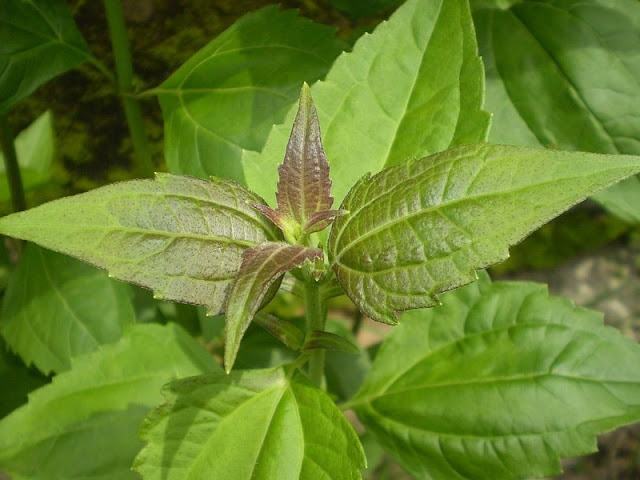by Staff writer
Known as Ewe Akintola in Yoruba language and Abalidiegwu in Igbo language, Chromolaena odorata is a well-known weed in Africa.
But despite it being a weed, C. odorata (common name: siam weed) has got so many uses in Africa that it is often treated a little nicer than most other hostile weeds, like the spear grass.
For one, Abalidiegwu is a popular natural antifibrinolytic in Africa — a substance capable of promoting blood clotting by preventing blood clots from breaking down.
According to an article published in the U.S. National Library of Medicine, injury is the second leading cause of death for people aged five to 45 years.
Over four million people worldwide die of injuries every year, often because of extensive blood loss.
In many parts of rural Africa where access to quick medical aid in times of injury is limited, people often resort to the use of natural herbs and remedies for treatment.
One of such common plants commonly used in stopping bleeding is Abalidiegwu. And the shrub is so effective that once the crushed leaves are applied on open wounds, bleeding will stop in minutes.
This was also mentioned in Daniel Nkado’s book: Ebubedike and the Desertlings of Uforo.
Abalidiegwu is also known to be effective against certain skin diseases like acne and eczema.
Another proven use of Abalidiegwu is in agriculture, particularly in compost making. Abalidiegwu leaves are known to be rapid decomposers which turn into usable manure in just a matter of days.
The leaves are also an excellent mulch material and in some places, farmers intentionally plant Abalidiegwu for them to serve as a decoy for insect pests. Locusts have been known to attack Abalidiegwu while leaving alone a farmer’s food crop.
Children in schools where blackboard is used also collect the leaves to clean their board with. Cleaning a blackboard with Abalidiegwu leaves makes for an excellent chalk writing.
Abalidiegwu stems are also used as a minimal-pain cane by some school teachers.
Some people also say they use the leaves as a safe and efficient wipe after bush defecation.
***
Do you know this plant? Tell us what it is called and used for in your locality!




Ewe akintola. Very effeftive
Good day, you tried. There are much about the leaves, the leaves serve as a treatment for injuries, the area where you find the leaves agriculture will be better in that portion , you can mostly find it on a loamy soil whereby it makes the soil to soft. Infact abalidiegwu as the name implied;the night is wonderful, all about the leaves are wonderfull, the leaves that has languages. Let me rest my case here